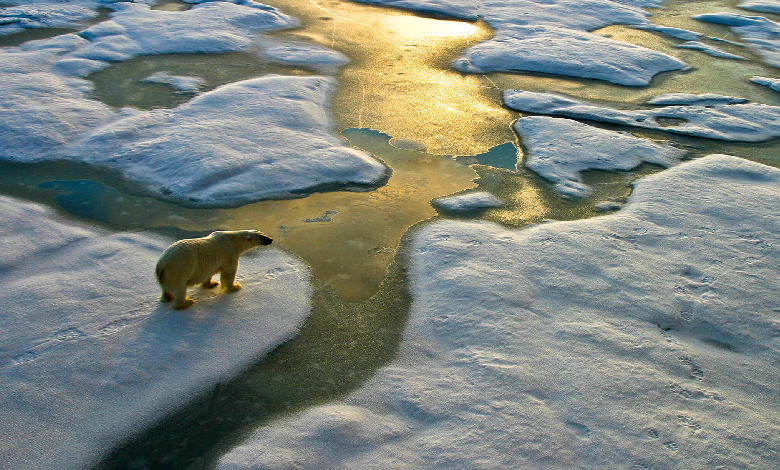Global Tipping Points Report: Five Natural Thresholds Risk Being Crossed

More than 70,000 participants have are in Dubai at the moment for the COP28 climate conference. The Summit has come at a time when many of the gravest threats to humanity are drawing closer, as carbon emissions heat Earth to dangerous levels.
As per the Global Tipping Points report, five important natural thresholds already risk big crossed. Sadly, three more may be reached in the next decade if the planet heats 1.5 degrees Celsius above pre-industrial temperatures.
Tipping Points Pose Threats Of Unprecedented Magnitude
The thresholds at risk include the collapse of big ice sheets in Greenland and the Antarctic, the thawing of permafrost, the collapse of one atmospheric current in the North Atlantic, and the death of coral reefs in unusually warm oceans.
The report also found three more may soon join the list. These include mangroves and seagrass meadows, that could die off in some places if global heating temperatures rise between 1.5C to 2C, and boreal forests, that could tip as early as 1.4C or as late as 5C.
Tipping points pose threats of a magnitude never faced by humanity, said Tim Lenton from the University of Exeter’s Global Systems Institute. “They can trigger devastating domino effects … with societal impacts including mass displacement and political instability.”
Understanding The “Positive Tipping Points”
Unlike other changes to the climate such as heavier rainfall, these systems do not slowly shift in line with emissions but can instead flip from one state to an entirely different one. But scientists warn there are large uncertainties around when such systems will shift.
Read More: Mitigate Or Adapt: Understanding The Growing Debate Over Climate Finance
The report also highlighted “positive tipping points”, such as the growth in sales of electric vehicles and the plummeting price of renewable energy. It found such shifts do not happen by themselves but need to be enabled by regulating business and stimulating innovation.



